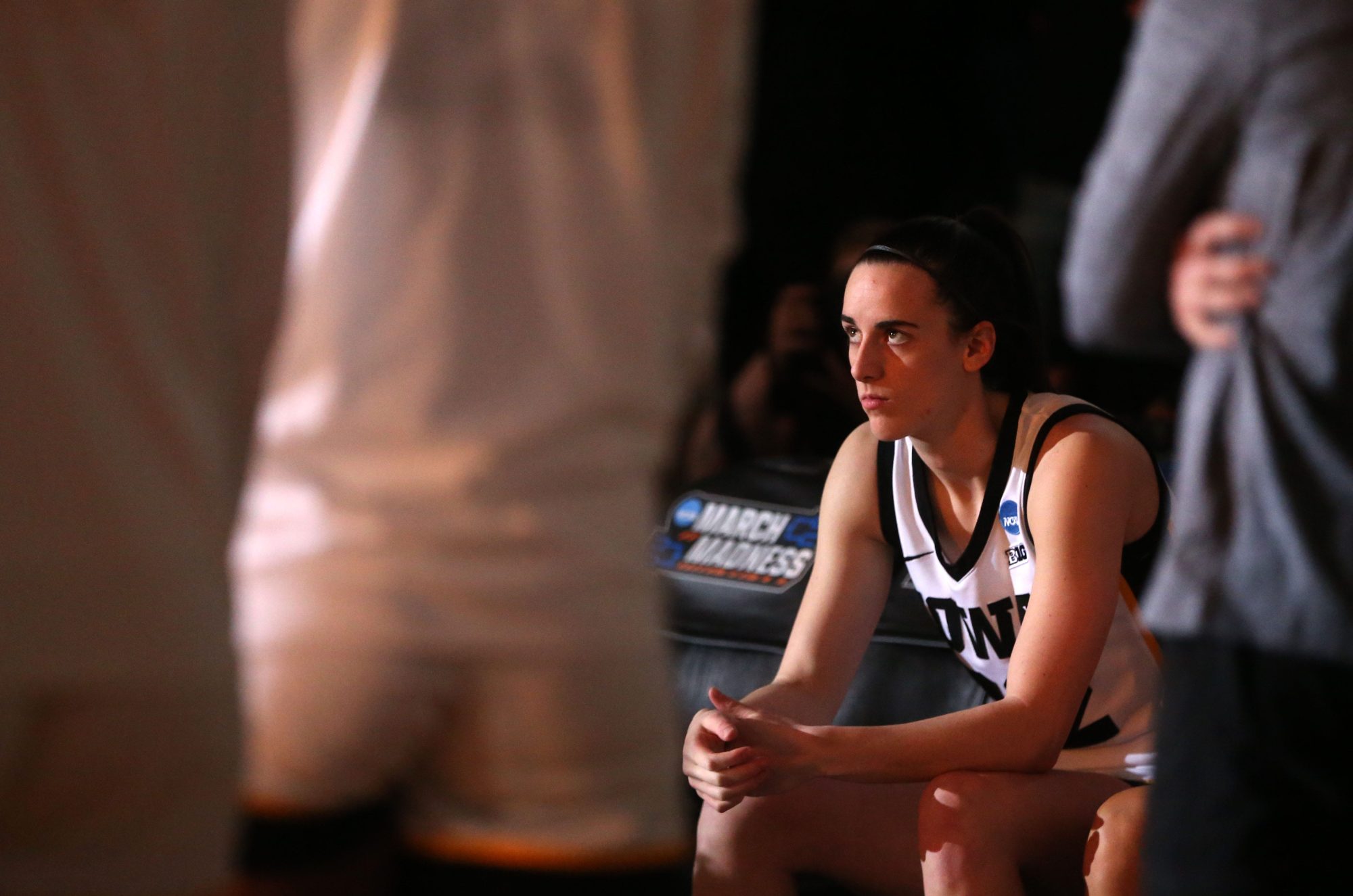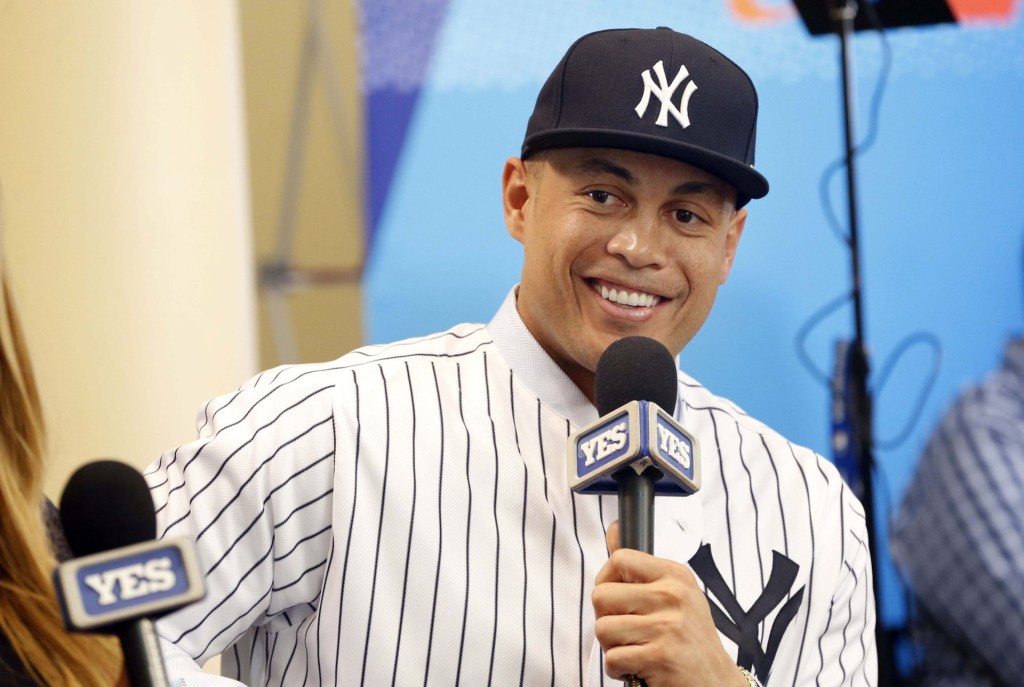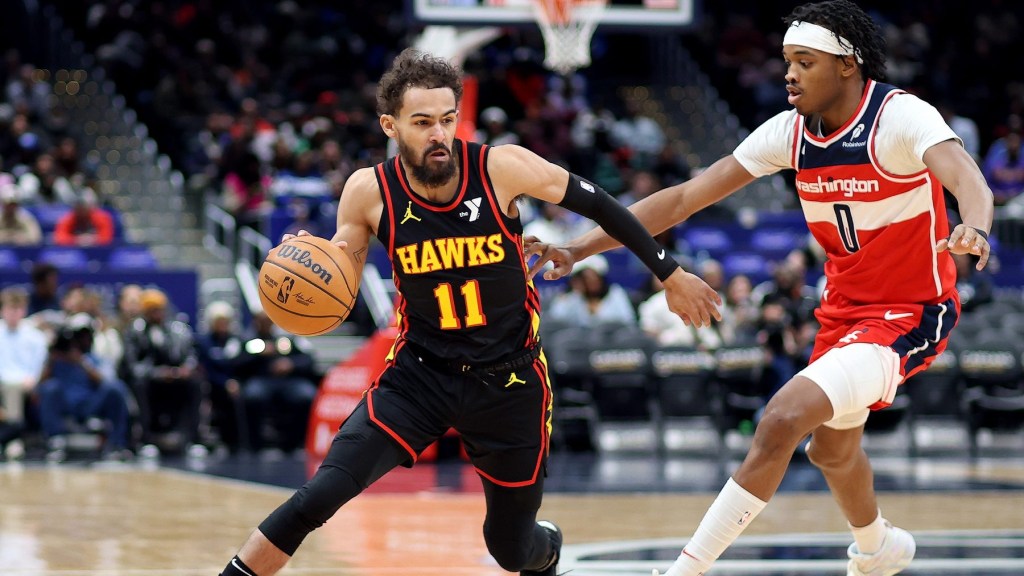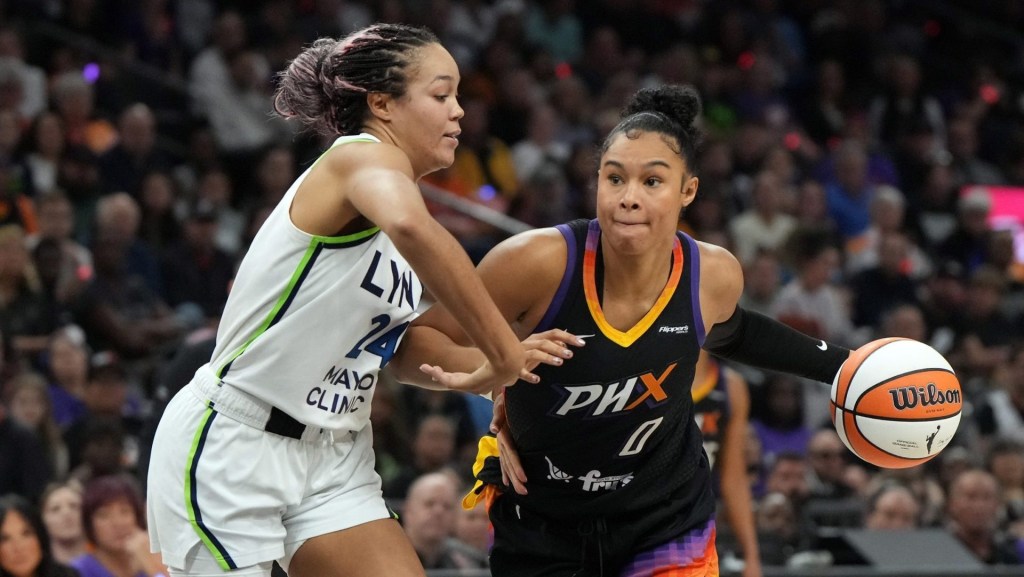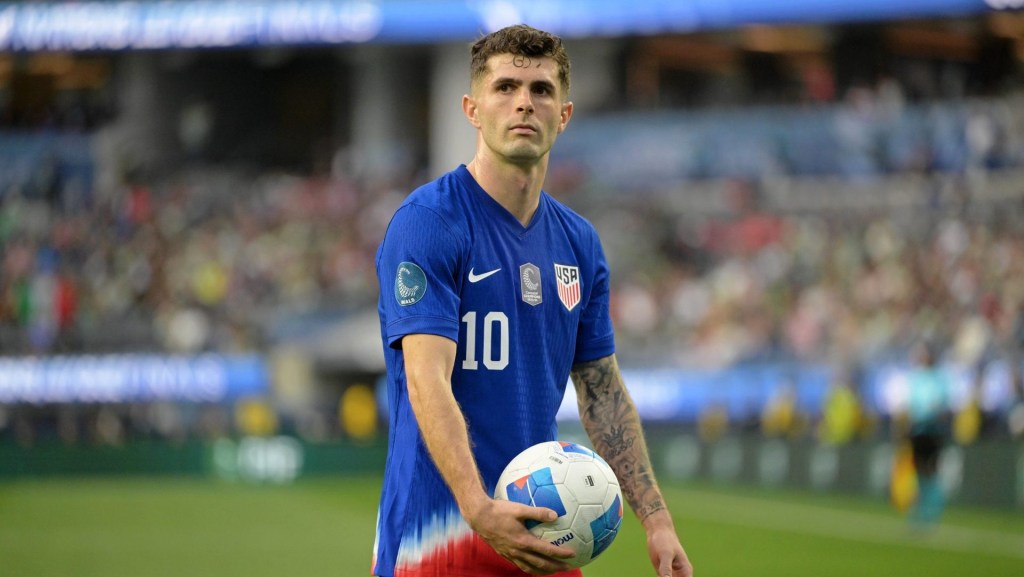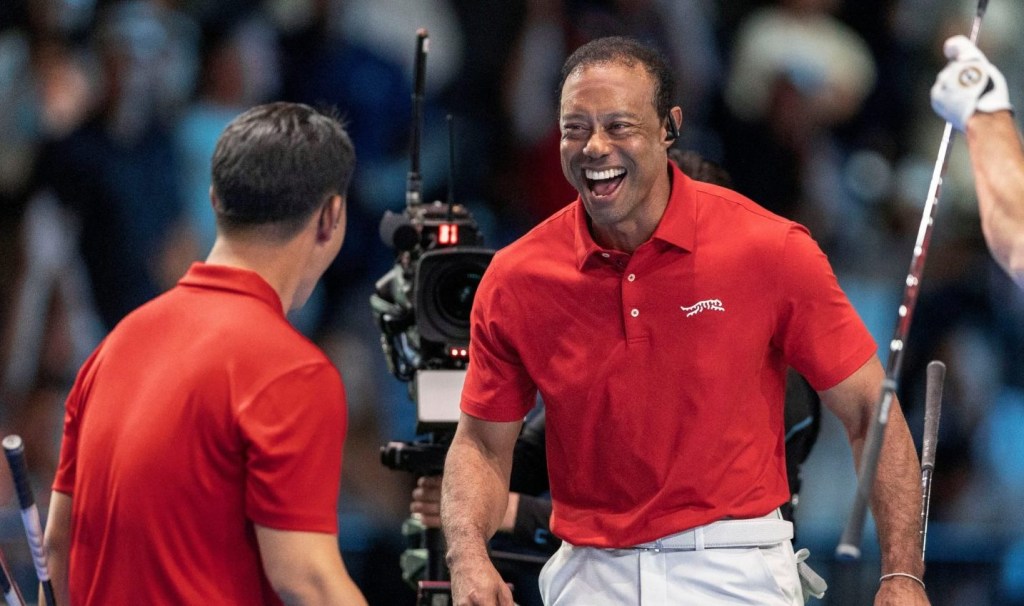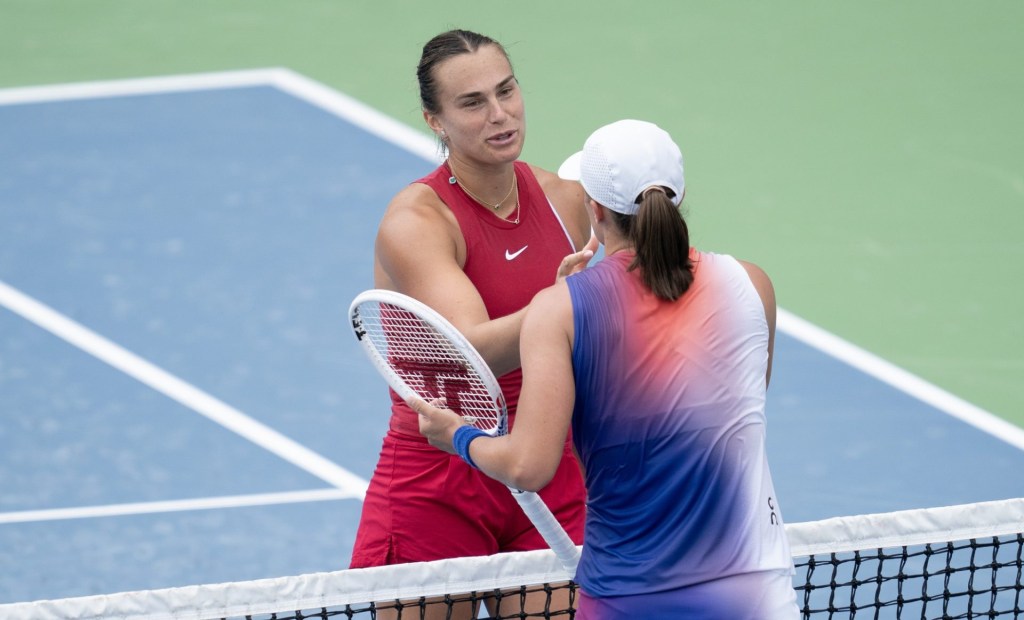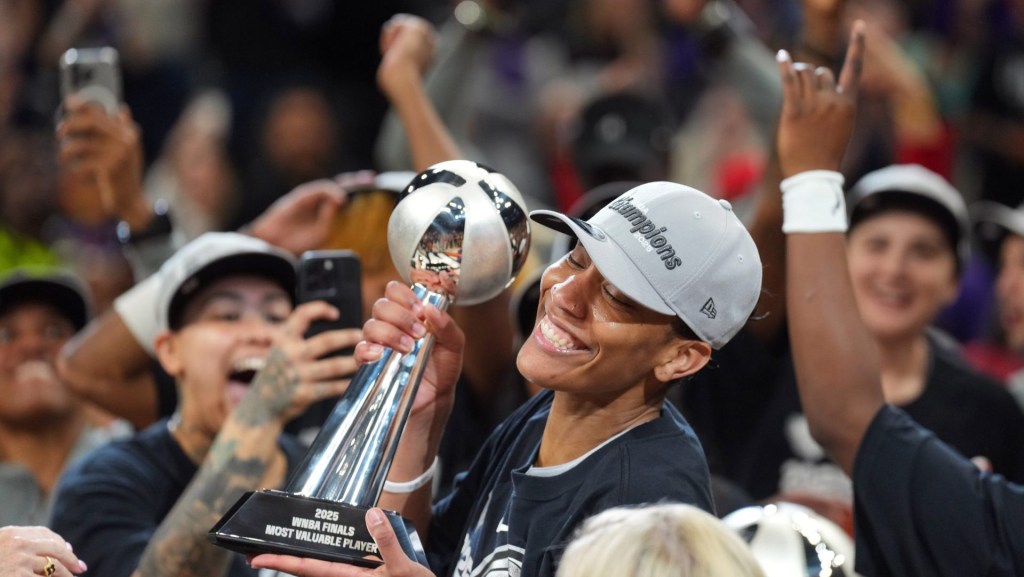In her final, record-breaking season at Iowa, Caitlin Clark’s impact on women’s college basketball cannot be overstated, from historic ratings to spiked ticket prices and sold-out arenas. As soon as the obvious No. 1 pick declared for next month’s WNBA draft, the average price for Indiana Fever tickets more than doubled.
The Caitlin Clark effect is already extending into other areas as well; the jersey she wore to set the all-time Division I scoring record could, for example, fetch $200,000 at auction. Whether it will translate to the trading card market is an open question, and one that could serve as something of a measure of just how far-reaching her impact could be.
Traditionally, women’s sports cards have been a marginal part of a hobby dominated by collectors and speculators who prize baseball, football, and basketball cards depicting male players. Clark will enter the pro ranks at a time when the league’s card licensing is in the hands of Panini, which has gained momentum with the sport in recent years. But two questions naturally arise: Will the popularity of her name, image, and likeness cards translate to the pros? And if so, can she move the WNBA from the edge toward the center of the hobby?
In January, a one-of-one 2022–23 Bowman University Superfractor autographed by Clark sold for $78,000—a record for a women’s basketball card. And last year, the number of “Caitlin Clark card” items sold on eBay increased more than 3,000% compared to ’22, according to the auction site. PSA, which handles more than 75% of all card grading in the U.S., says submissions for Clark’s cards have gone up more than 3,000% since they hit the market in June ’23. There’s something going on—but it’s not clear yet what it amounts to.
In February, Clark accepted a lucrative offer to become the first female athlete in Panini with an exclusivity deal. The company has produced cards for her during the NCAA women’s tournament and has plans to release a Caitlin Clark collection in June, which has already drawn high interest among retailers, says Jason Howarth, SVP of marketing and athlete relations at Panini America.
The only other athlete Panini has released a specific collection for? Kobe Bryant.
“She is a singular force like we’ve never seen before,” says Rebecca Lobo, WNBA veteran and longtime color commentator for ESPN. “I think ticket sales, in a lot of ways, is going to translate to the WNBA. I think viewership, while I don’t know that we’ll get 10 million viewers for the WNBA playoffs if Indiana is playing, I definitely think we’ll see a huge ratings bump when Caitlin Clark plays. So I don’t think there’s any reason to believe she won’t be a shot to the arm of the trading card market in the WNBA as well.”
Others disagree, and history suggests that the most valuable Clark cards will already have been made by the time the Fever select her. But the thing about athletes like Clark is that they don’t just excel at the game; they fundamentally change it.
“The reason why we looked at Caitlin is we believe she transcended the game,” says Howarth.
The WNBA’s trading card history is complicated, with the league’s rights changing hands several times over its nearly 30-year history. In 1997, Pinnacle launched the cards (which were sold in a can rather than a pack as a marketing play). Fleer took it over two years later. Rittenhouse, which holds the rights for science-fiction properties such as Star Trek, held the license from 2005 to ’19, but it produced just 500 sets annually in the later years as demand tailed off. Scarcity gave the cards value but meant they were hard to find, making them a niche item. In January, a Rittenhouse rookie card of New York Liberty star Breanna Stewart, graded a 9 by PSA, sold for $1,500 on eBay—a high price for a basic card with no autograph or jersey patch.
Lobo, one of the game’s greatest players, says that during her playing career, cards weren’t really discussed, nor did she ever make any money off them; the league and the University of Connecticut, her alma mater, had the rights. However, she says, she still receives 30 to 40 cards a month with requests for her signature, proving there’s always been demand.
“I think the women’s basketball market is overlooked, maybe,” says Ryan Cracknell, an author at Beckett Media, which closely follows the memorabilia industry. “It’s just not as mature as other sports.”
That has started to change since Panini took over the license from Rittenhouse in 2019, putting the product in big-box retailers such as Target. This coincided with the increased popularity of the WNBA and the emergence of stars such as A’ja Wilson and Sabrina Ionescu. In February ’23, a ’20 Panini Prizm Black Gold Prizm rookie card of Ionescu sold for $10,800. The card, one of just five of its kind, became the most expensive WNBA card ever sold, until Diana Taurasi broke it a few months later when an ’04 Fleer Ultra Platinum Medallion rookie card sold for $11,500.
Clark’s most valuable card, of course, has sold for many times that, and, her base cards, with no autograph or relic, are commanding $40 to $50 on eBay, which Cracknell says is a strong price. While Clark’s exclusive deal with Panini starts April 1, Fanatics is getting the most out of its current deal with Clark, producing a select line of March Madness cards, the first of its type, that also feature LSU star Angel Reese and Purdue’s Zach Edey, among others.
Historically, women’s college memorabilia commands far more than professional collectibles. That’s one reason why, for all the evidence that Clark is the right athlete at the right moment, there’s skepticism about whether she can change the hobby.
Ken Goldin, CEO of Goldin, the sports memorabilia auction site, says that once Clark hits the WNBA, it’s unlikely any card produced afterward will break the record set in January.
“That will forever be her most valuable card, and if and when she comes out with WNBA cards, they will not be worth a fraction of what that card is worth and that is based on history,” Goldin says. “Historically for female athletes, with the exception of Serena Williams, as an example, the college memorabilia and the college cards, the college game-used items, are more valuable than WNBA items.”
Williams, the 23-time major winner, is something of an outlier: One of her signed 2003 NetPro patch rookie cards sold in a Goldin auction for a record $266,400 in ’22, long after she established herself as one of the game’s greatest players.
Still, others are bullish. Steve Charendoff, the longtime president of Rittenhouse, has followed the hobby since his company lost the license for WNBA cards.
“I think Caitlin Clark’s WNBA trading cards will be highly desirable and may actually eclipse the values of the cards made of her so far,” Charendoff tells Front Office Sports. “Depending on what Panini produces, and whether they make 1-of-1s, which seems likely, Clark’s WNBA cards should be significantly strong sellers. But with that said, she may not be as dominant a player in the WNBA as she’s been in college. So we just need to see.”
But Clark’s situation is unique: She’s entering the professional ranks after years of being marketed as a professional. Ryan Hoge, PSA’s president, says Clark has outpaced USC’s Bronny James, Heisman winner Caleb Williams, and other college stars in terms of PSA submissions.
“For the first time, we’re seeing an athlete almost from the beginning of their career, or their professional career, getting the treatment that men athletes have got for a long time,” says Ann Pegoraro, the sports management chair at the University of Guelph in Canada. “We’re seeing brands that traditionally flock to men athletes coming to her, and I think that’s going to change it for other women athletes who are coming behind her.”
But the gap still remains. Hoge says that if Clark’s high submission numbers hold, she will be one of the 20 most-submitted athletes for grading this calendar year—an achievement unheard of for a woman. But even then, her numbers would be one-third of Shohei Ohtani’s or Michael Jordan’s, the two most submitted athletes in 2023.
“She didn’t really have cards on the market until last June,” Hoge says. “This is showing that right off the bat the demand is insane.”
And since NIL cards have been on the market for less than a year, it’s too early to tell whether they can compete with a player’s professional rookie card. It’s another debate in which Clark will be at the center.
“She will definitely be a benchmark as to what that market is going to look like going forward,” Cracknell says. “I think Caitlin Clark is that test case, at least for early on on how the college prospects will perform.”
This past weekend, Panini America launched a memorabilia page for Clark, and all but two items are already out of stock just days after the launch.
“I think Caitlin has the potential to … open up the market of collectibles to a different audience,” Howarth says. “I think we’re going to see a stronger emphasis coming in with Caitlin where girls are going to want to jump in and want to collect her cards.”
Clark’s legacy certainly won’t be defined by the value of her rookie card. But transcendent athletes have a habit of changing the market: No one expected Michael Jordan to transform the entire sneaker industry or for George Foreman to change the endorsement game. Clark has already influenced ticket sales, ratings, and NIL. What else can she impact? That’s the question everyone is wondering as she turns pro. And just like her games, everyone will be watching.
